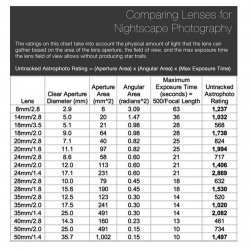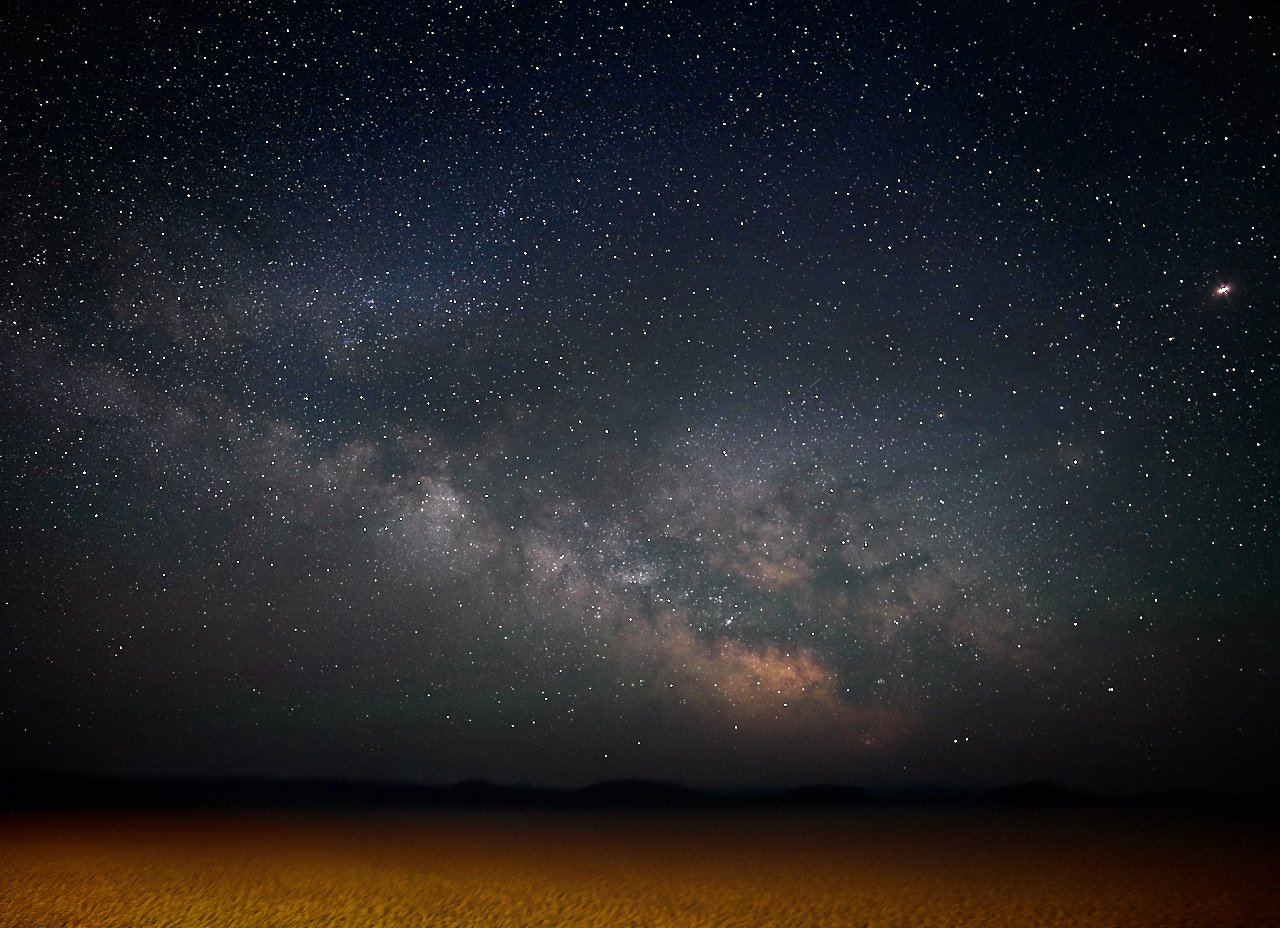GrahamWelland
Subscriber & Workshop Member
About to embark on a trip to the darkest parts of Oregon / Washington next week and I expect to be shooting just my IQ150 with various lenses. Given that quite a few folks here have shot milky way shots with this combo (albeit mostly the 645Z) I was wondering about best exposures?
My default approach would be to shoot 1/15s or less at f/4 (my max tech cam lens aperture) and ISO 3200 or 6400 with a 32HR or 35mm LS. I might also use my FPS and Canon 17TSE as either wide open or f/4. Obviously ISO 3200 is prefered but I was wondering how other folks had fared?
Any suggestions and experiences welcome!
Thanks in advance.
My default approach would be to shoot 1/15s or less at f/4 (my max tech cam lens aperture) and ISO 3200 or 6400 with a 32HR or 35mm LS. I might also use my FPS and Canon 17TSE as either wide open or f/4. Obviously ISO 3200 is prefered but I was wondering how other folks had fared?
Any suggestions and experiences welcome!
Thanks in advance.


